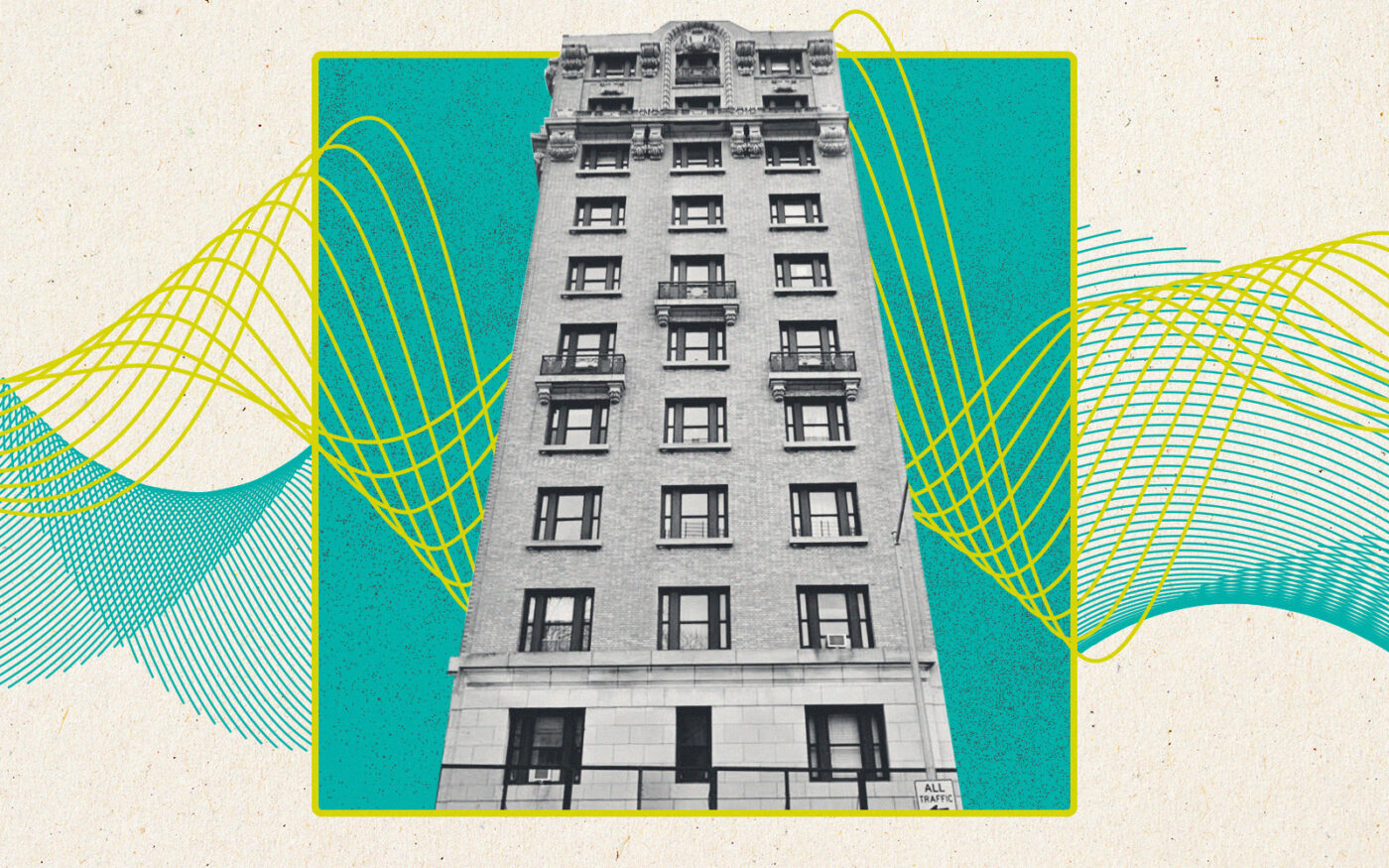Since the 2019 rent law capped the profit potential of stabilized buildings, sales of the once-dependable asset have slowed to a trickle.
The dearth of deals has made it tricky for investors to gauge building values, a prime concern given the signs of distress in the controversial sub-market.
Now, an Upper Manhattan listing could clear up what rent-regulated buildings are still worth. Owners of the 93 percent rent-stabilized, 62-unit building at 788 Riverside Drive are asking $13.75 million, about $170 per square foot.
Last quarter, three majority rent-stabilized buildings in Northern Manhattan fetched an average of $159 per square foot, according to Ariel Property Advisors. The average for a free-market building in the neighborhood was $316.
“These last four years, we really haven’t had any major test cases for overwhelmingly rent-regulated buildings,” said a broker familiar with 788 Riverside. “Who ends up buying this and for how much, that’ll be a benchmark.”
Rent-stabilized units are allowed minimal rent increases, so buildings dominated by them typically sell at a lower price point and a prevailing cap rate of 6 percent, the broker said.
That is nearly twice the rate paid on a 10-year Treasury note, the standard for a zero-risk investment. The higher rate reflects the risk that operating and interest expenses at a building will rise or that revenue will fall below expectations.
But an investor paying the asking price for 788 Riverside Drive would be buying at a 3.8 percent cap rate, indicating a low-risk investment. A buyer that bites at that price would likely be attracted to the property’s location and condition.
The building does carry 15 open violations, city records show, but the majority are inexpensive to fix: a broken carbon monoxide detector, a missing light shade, a bad bathroom paint job. In other pre-war, rent-stabilized properties, owners have struggled to keep up with repairs, presaging high capital expenditures down the road.
The building offers “stunning river views,” and has been “very well-maintained” by its multigenerational owner, according to marketing materials from JLL listing broker Paul Smadbeck. Those features attract higher-caliber tenants and provide reliable revenue, but the landlord would still have no pricing power for regulated units.
Given that revenue constraint, whoever picks up 788 Riverside will likely be optimistic that a change in the rent laws will offer more upside.
“Some folks believe there’s no way these laws will change,” the broker said. “I don’t think someone like that is going to be a buyer for this building.”
A profit model projects 12 percent growth in net operating income, excluding debt service. The projection is helped by 788 Riverside’s four free-market units, which could benefit from New York’s record-breaking rent growth, and two vacant rent-stabilized units, which could get a one-time, market-rate rent reset if combined — an avenue the state aims to close.
Eight units are already stabilized at market rate. Five are rent-controlled and would enter rent-stabilization at market rate upon vacancy.
The jackpot for an owner would be victory in a rent-law challenge that landlords hope the U.S. Supreme Court will accept. A smaller win would be passage of an embattled bill to allow owners to reset rents in some vacant units.
Both seem unlikely, but should any change open a path for rent increases, 788 Riverside’s seemingly high price could prove to be a bargain.
“If they’re holders for 15 to 20 years,” the broker said, “you just never know.”
Read more



